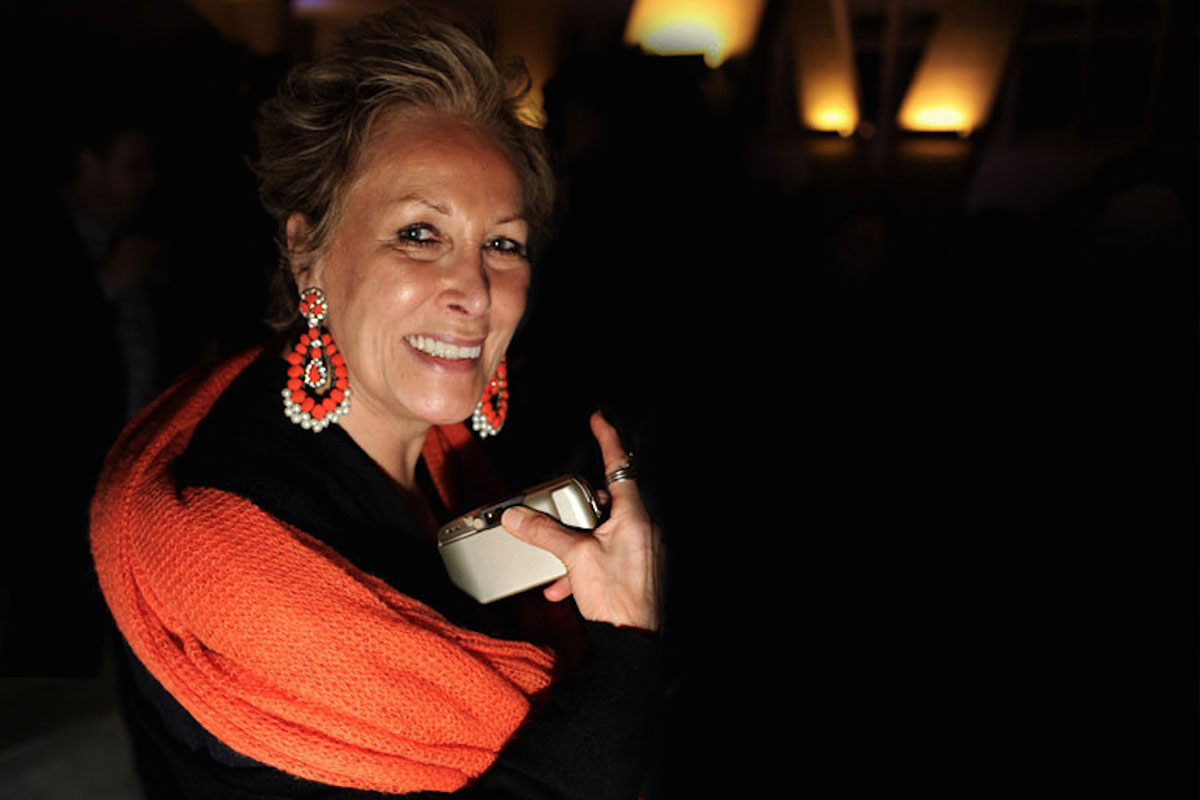
Iran Issa-Khan
Born in Tehran, Iran Issa-Khan moved to New York in the 1970’s, and became one of the world’s most celebrated fashion photographers and a favourite of celebrities and political figures during the following two decades. Here, Iran speaks to her friend and LUX’s Chief Contributing Editor, Maryam Eisler, about widening her focus from the beauty of the human form to exploring the majestic scale of the natural world. The artist now resides in Miami where she has been working on her Nature series for the past twenty years.
Maryam Eisler: What occupies your mind these days, Iran, creatively speaking?
Iran Issa-Khan: Well, I am working on my book which is going to be about fifty years of fashion and personalities. I am trying to get that off the ground by next year.
Maryam Eisler: You have had a fascinating career. On the one hand, people, in particular celebrities, have played a big role in your oeuvre, and on the other hand, you have had this incredibly beautiful dance with nature and its zen moments.
Iran Issa-Khan: Yes. In a way, if you look at my magazine covers and the people I have shot, nature’s beauty is always present, and I enjoy celebrating it with my lens. To me that is very important and you know, being from the Middle East, I am used to being surrounded by beauty so, this is what has carried me throughout life, in this country included [The United States].
Follow LUX on Instagram: luxthemagazine
I stopped shooting fashion, in the nineties when my make-up artist died of old age, and I moved to Miami. I left New York, and an artist friend of mine, asked me to shoot some black and whites of nature. I had never done that before, but suddenly I started looking at it with a new perspective, as if earth was opening up to me in such a new and beautiful way. I thought to myself, I have to capture it, because no human being can be that perfect. I just used my eye, my sense of aesthetics and all the lessons that I had learned while shooting fashion and people and put it all towards something that nobody had necessarily paid much attention to: a plant, a flower, even a small shell. Some of my shells are minuscule, but I blow them up to five by ten feet. So, for me, nature takes on a whole new meaning in terms of its grand beauty but also in terms of its emotive connection to me, personally. There is purity. Everything is so clean, so ordered, so pleasing to one’s eye and to one’s soul.
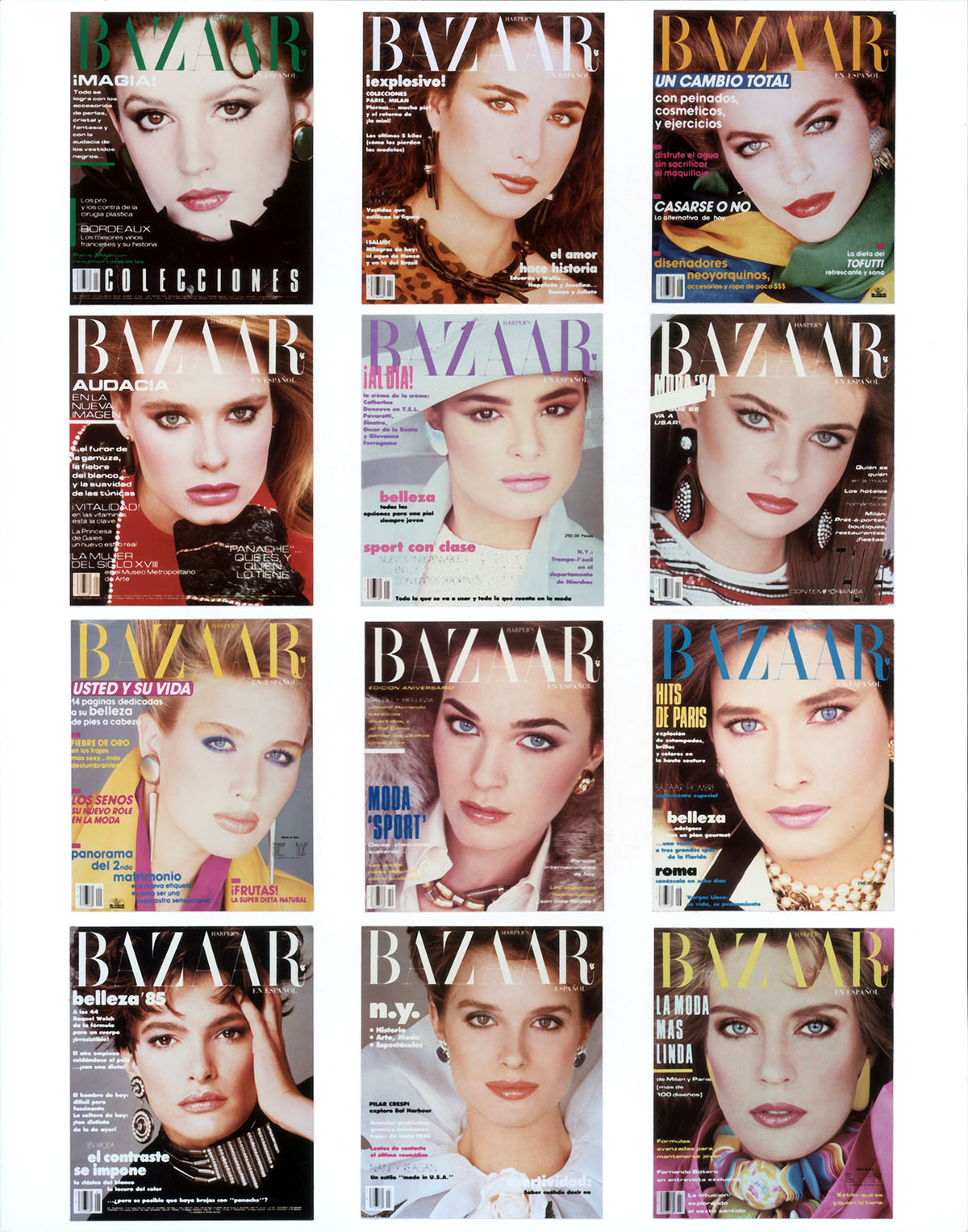
Harper’s Bazaar Covers by Iran Issa Khan
Maryam Eisler: Stepping back in time, what led you to photography in the first instance? When did your journey start?
Iran Issa -Khan: We are talking about the late seventies when we left Iran with the Shah. I hadn’t worked a day in my life and somehow a friend of mine who worked at The New York Times said “Why don’t you become a photographer?” I said, “What do I know about photography?” She said, “Well you love the arts, why don’t we get you a teacher?” So, I hired William Minor Jr, a very well-known photographer and I worked with him for a whole year and all of a sudden, I learned how to process print, and everything else about photography. I realised this was going to be the love of my life because I could capture meaningful moments and shoot them. I built it up and then I went to Harper’s Bazaar and I said “I want to do some covers for you. I am a refugee and I am stuck here and have to work” They said “Yes, but you know a lot of personalities all over the world, so why don’t you do a year of personalities and if you’re good at that, we’ll let you do covers.” And so I did personalities… Carolina Herrera, Nancy Reagan, Diane von Furstenberg, Bill Blass, Rufino Tamayo, the Ferragamo family …all the people that I knew. Somehow, because of my upbringing and the way we had travelled all of our lives, I felt comfortable walking into these homes and telling people what to do. After a year, they said “Okay, you are good enough to do covers.”
My first cover was of Paloma Picasso and she loved it. She loved the pictures so much so that she hired me to do all her ad campaigns for twenty five to thirty years. So, we did that and then in between I got all the top models. Somehow, I got there by sheer belief in myself.
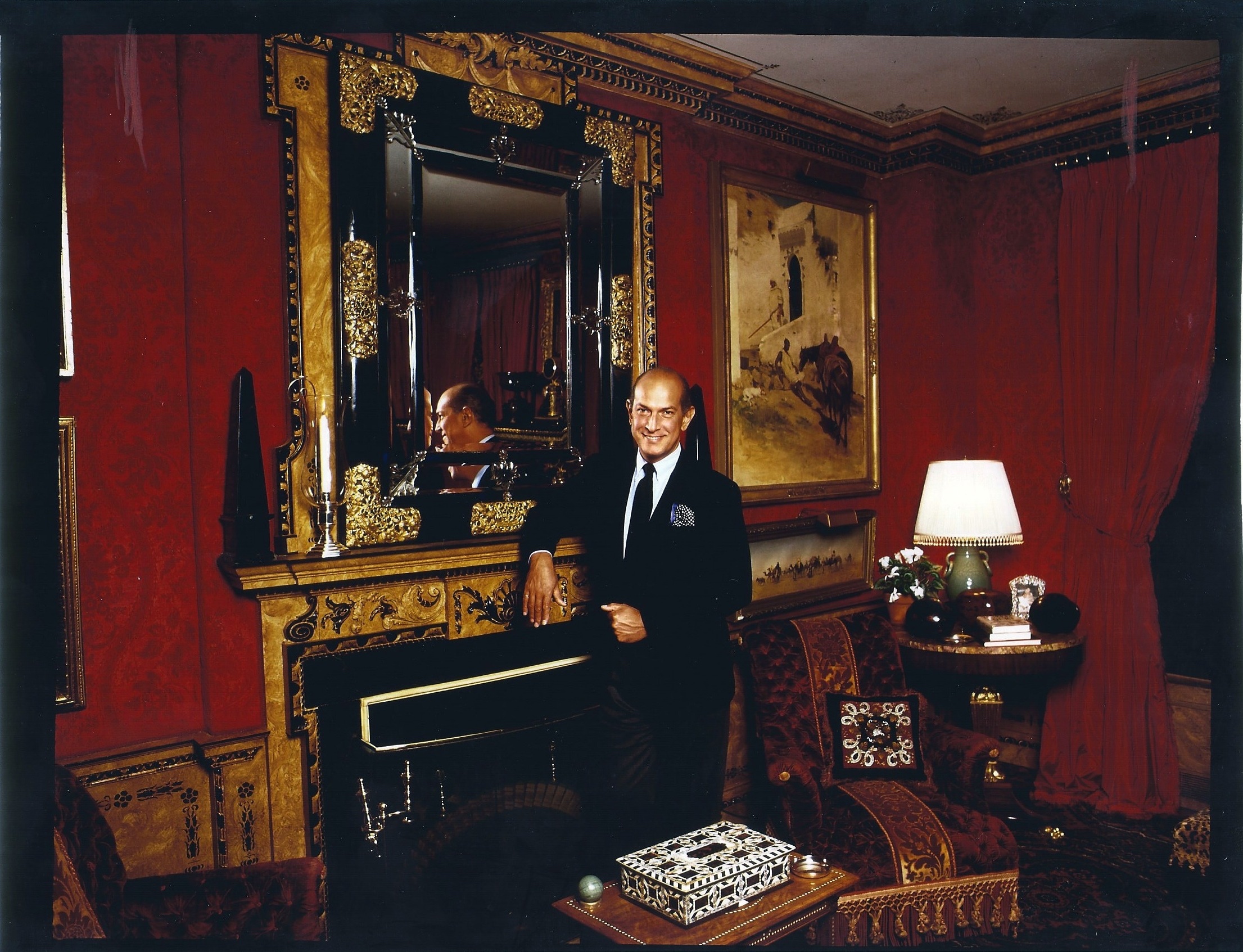
Oscar de la Renta photographed by Iran Issa Khan. Courtesy of Iran Issa-Khan
Maryam Eisler: What is your most important life lesson?
Iran Issa -Khan: It is very difficult for me to explain the life we led back home in Iran. The connections we made both at home and through our travels… It was a different world; you were educated twenty-four hours a day and what I learned most importantly from my mother was to be good to those who work for you, because they can’t talk back at you. It raises your bar and makes you a stronger person. So that is what I did all my life and during my career as a photographer too. Additionally, my whole life has been about connecting people together. With that, I too became stronger, with a voice to be heard.
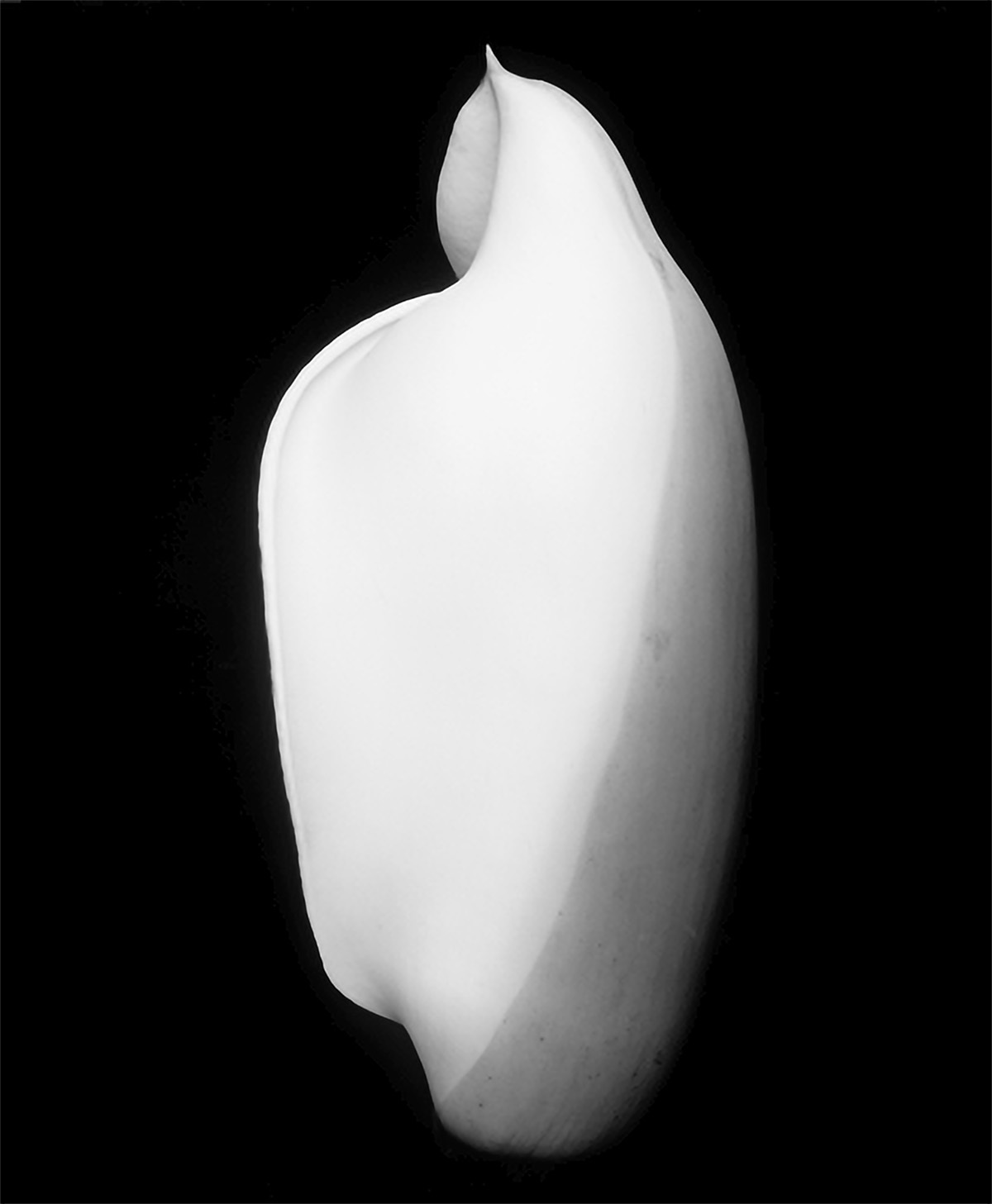
Courtesy of Iran Issa-Khan
Maryam Eisler: Tell me about one of your most memorable and most cherished, social moments.
Iran Issa-Khan: I think meeting Zaha Hadid was one of the best moments of my life. First of all, she came from Iraq and I come from Iran so we connected right away on those terms. It was instant love between us but she had to be tougher than me. She not only wrote a forward in my book but she pushed me in my career and bought my work. She had it in her bedroom in London, and said to me “You and I have a lot in common because we both come from countries that have constant beauty everywhere …in nature, in architecture, in people, in everything!’. So, we had this connection which was deep and strong. I think she did a lot for me and my work. She made me see things in a way that I hadn’t seen before. I would come and sit and we would talk for hours, sharing stories. In Miami, we spent a lot of time together, having fun and laughing, so she relaxed and became herself. I would say that she is one of the few people that has really touched me in a very deep and meaningful way, teaching me all along to be better every day and believe in myself.
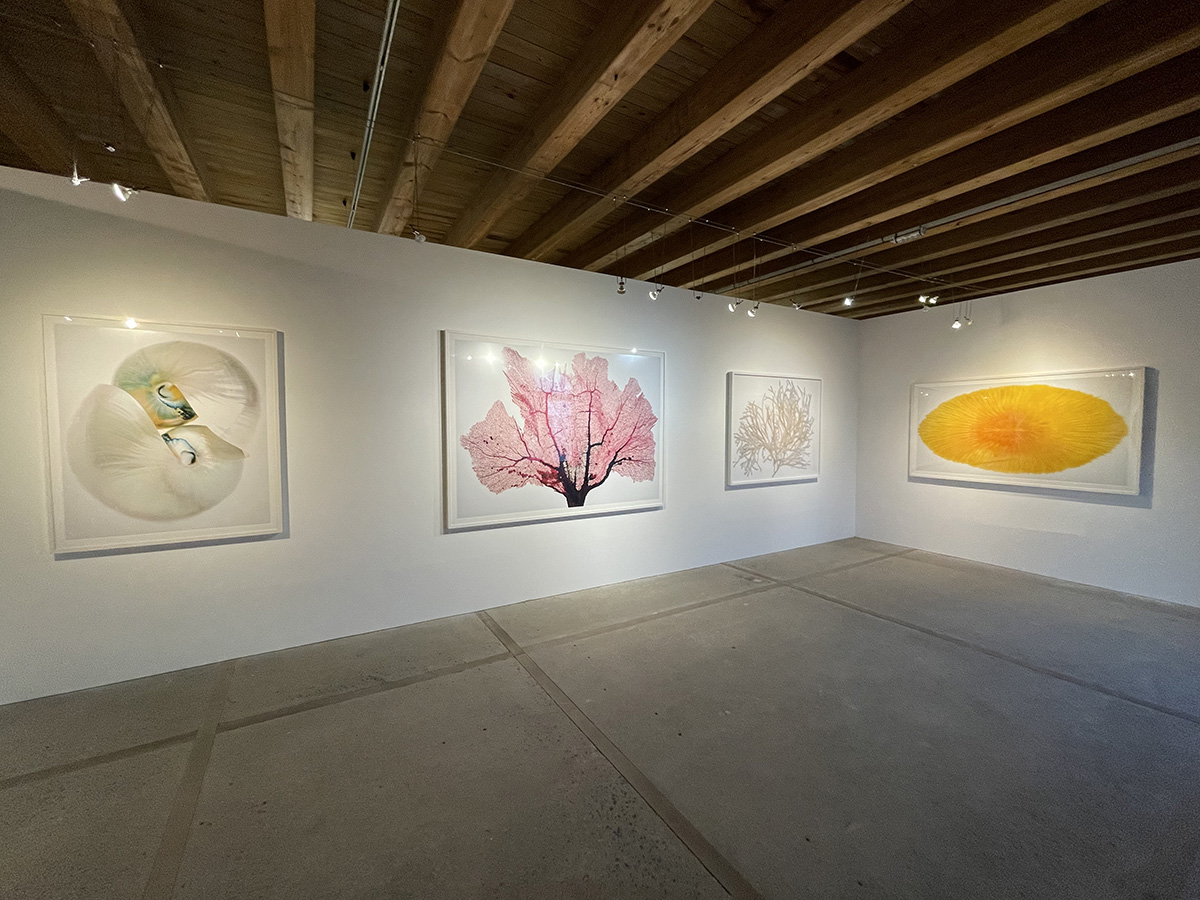
Iran Issa-Khan’s ‘Forces of Nature’ exhibition curated by Natalie Clifford and Space Gallery St Barth currently on display at the Musee de Wall House in St Barth
Maryam Eisler: If you were to give any advice to a young, female photographer, who is just starting in her career, what would you tell her? And I am emphasising ‘her’.
Iran Issa-Khan: Good, because I really believe in helping women get ahead because women have always played second fiddle and it is not fair because they also have to be mothers, wives, best friends. They have empathy, they have love, they have care. But they can also take a picture and make it beautiful. With their art, they can make you cry, they can also make you laugh, that is their power. To bring children into the world and raise them is a lot of work, so they can do anything they set their minds to. I want them to stick to their passion, their career, believe in themselves, go for it and don’t let anything or anyone take you down, and I mean nothing and noone. Be proud to be a creative woman. Own it.
Read more:David Taggart on photographing our cover star Jeff Koons
Maryam Eisler: What makes a good photograph?
Iran Issa-Khan: Something you would never forget. You see it once and that’s it. It is with you always.
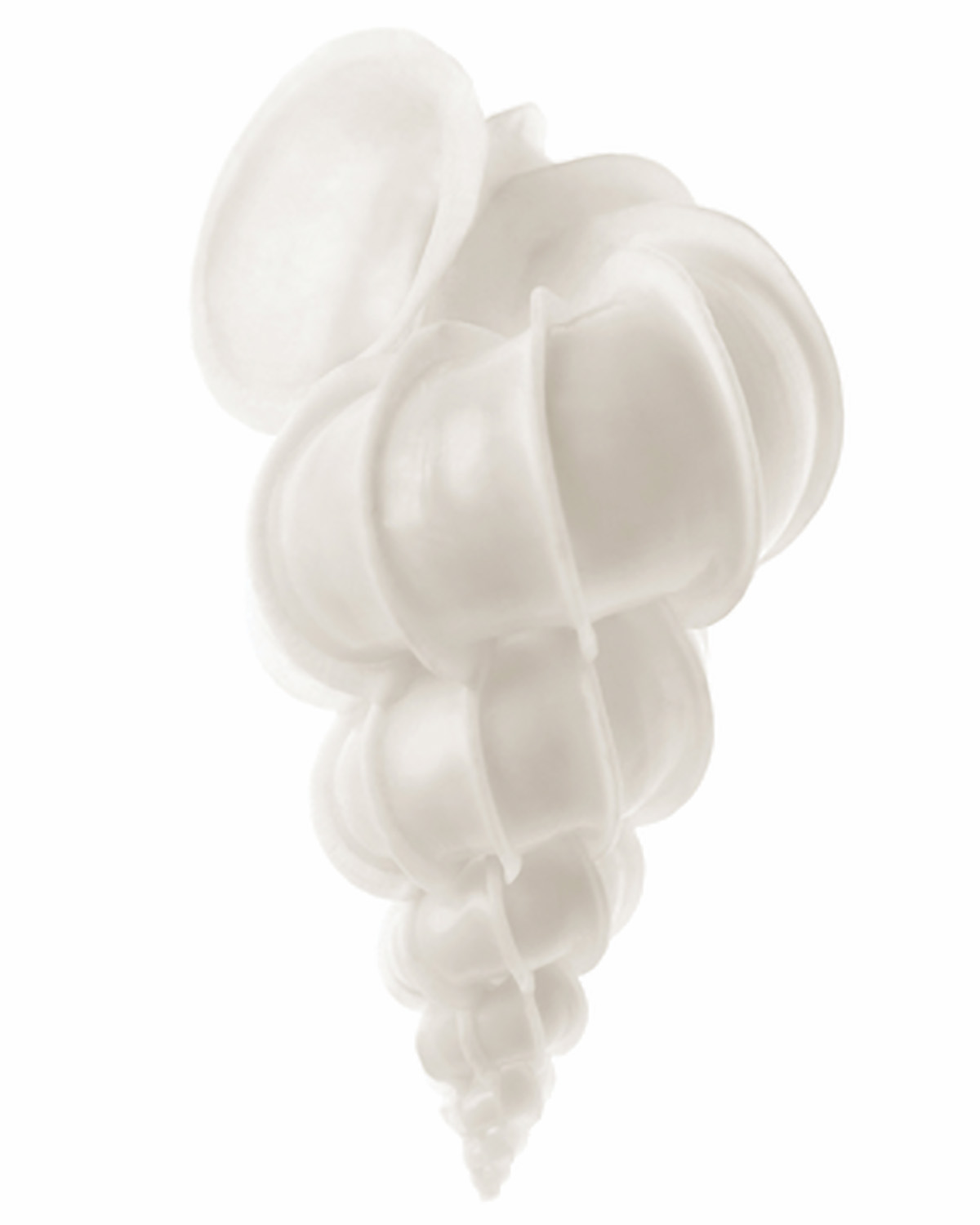
Purity by Iran Issa-Khan. Courtesy of Iran Issa-Khan
Maryam Eisler: I love the fact that you don’t stay shy of embracing the vocabulary of ‘Beauty’. Some would say it’s a taboo word in the art world today!
Iran Issa-Khan: For me, that is the only thing I live by, Beauty. Don’t forget I am going to be eighty years old in February, so I have lived a long, long, life. I live in an apartment in Miami Beach where I have water on both sides, I have boats and I look at the sky early in the morning and the sparkling lights at night. For me, it is all about beauty. Even when it rains, even when we have hurricanes, it is all beauty. It is a very special kind of beauty that only God and nature can give us – and that, rules my life and my work.
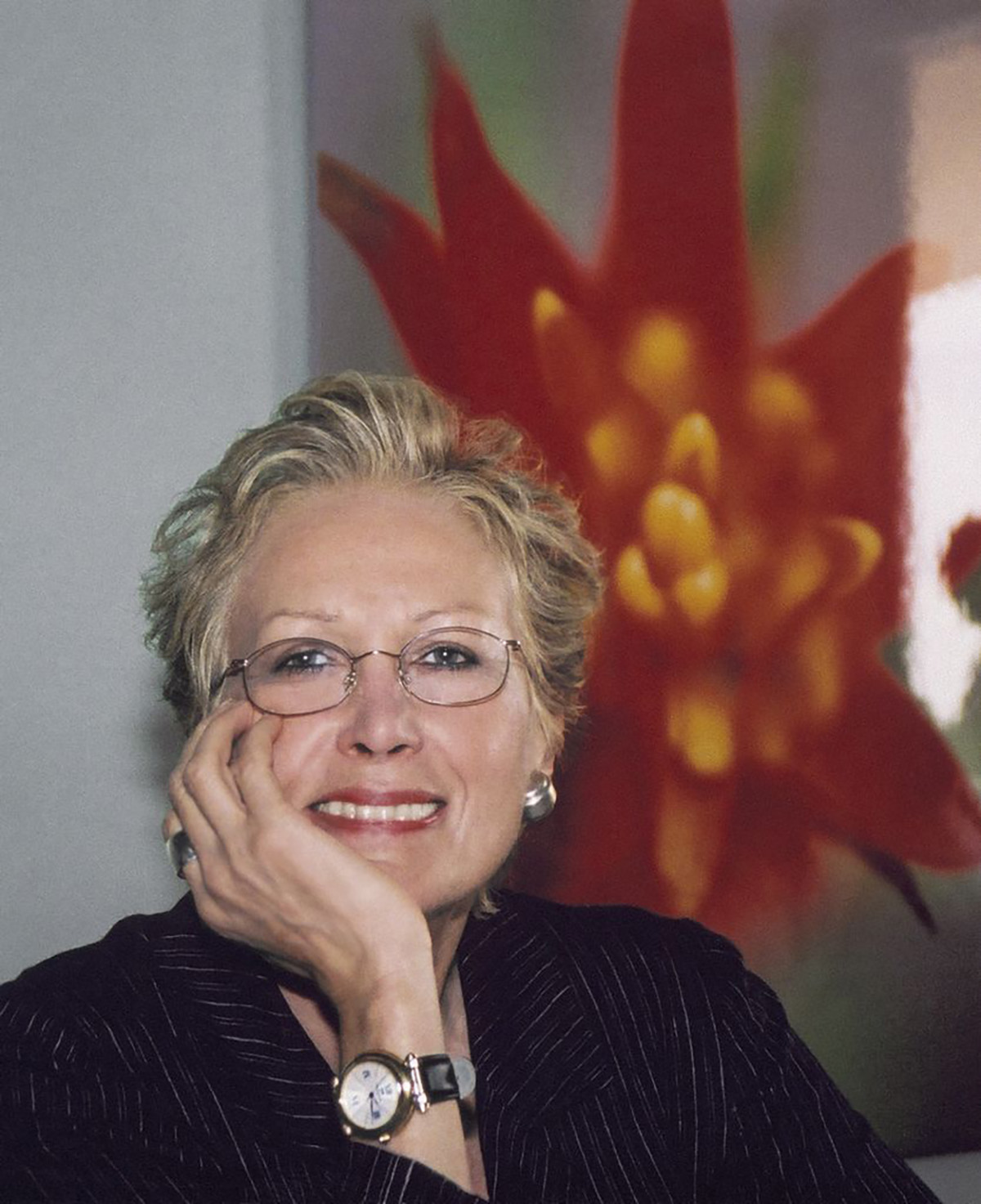 Maryam Eisler: How wonderful that you have so seamlessly managed to connect your work around nature with a place of great natural beauty, St Barts, where you currently have a show of your photographs ‘Forces of Nature’ at the Musee de Wall House.
Maryam Eisler: How wonderful that you have so seamlessly managed to connect your work around nature with a place of great natural beauty, St Barts, where you currently have a show of your photographs ‘Forces of Nature’ at the Musee de Wall House.
Iran Issa-Khan: Not only that but I used to go and spend my birthdays in St Barts every year, with twenty, thirty friends, many years ago and I never realised then how fabulous it was. The museum opens its doors and all the yachts are right there…with people walking all around; It is such a perfect place to show my art.
Iran Issa-Khan’s ‘Forces of Nature’ exhibition curated by Natalie Clifford and Space Gallery St Barth is currently on display at the Musee de Wall House in St Barth until 10th February 2022.

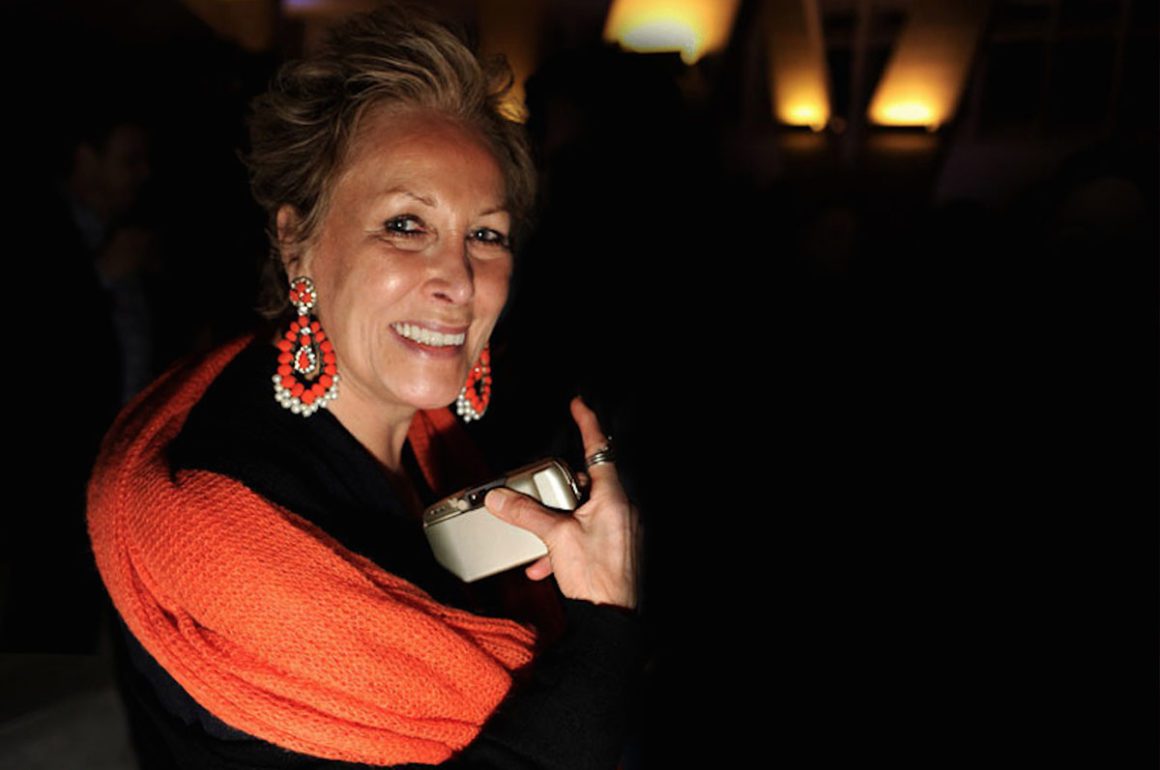
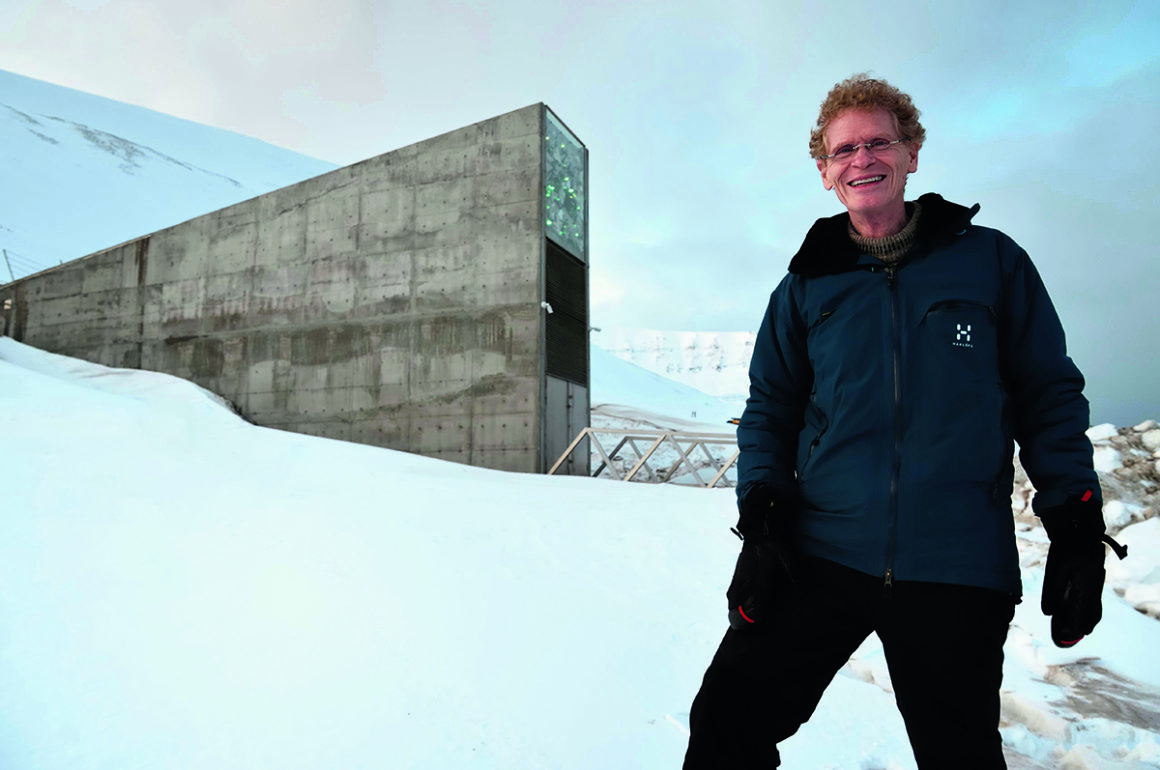
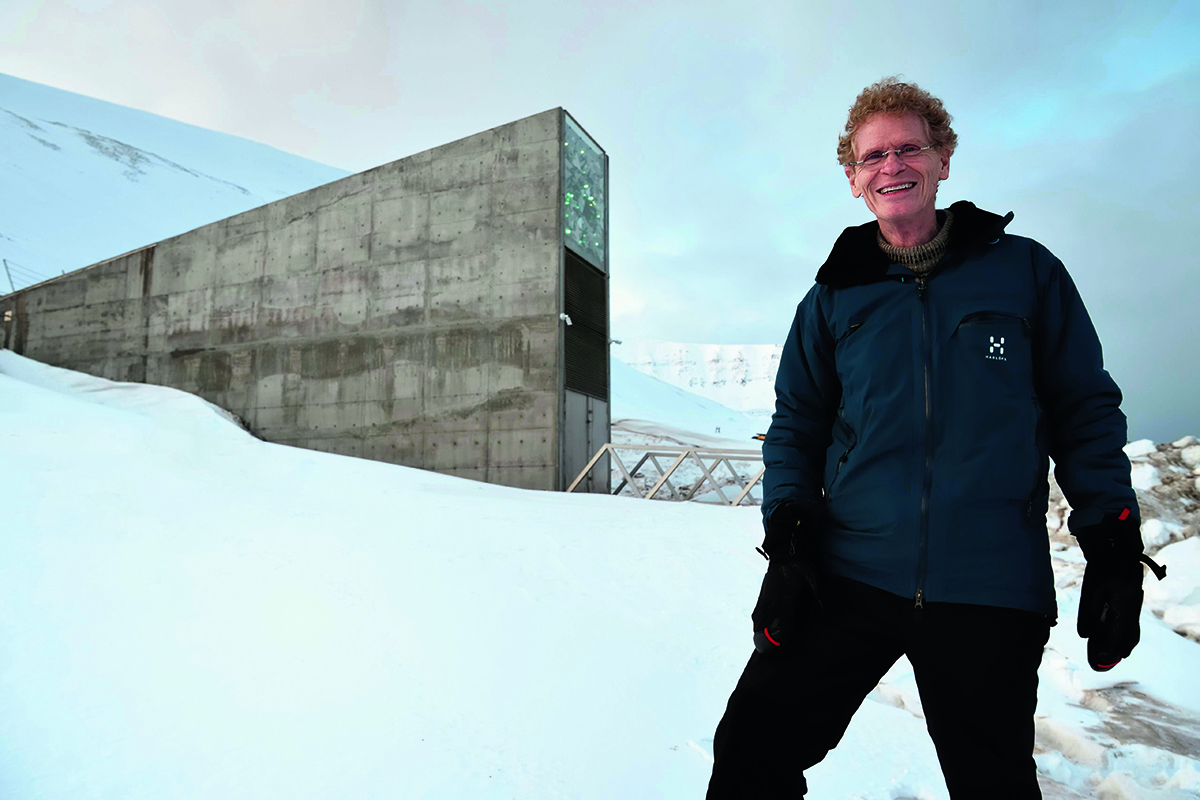
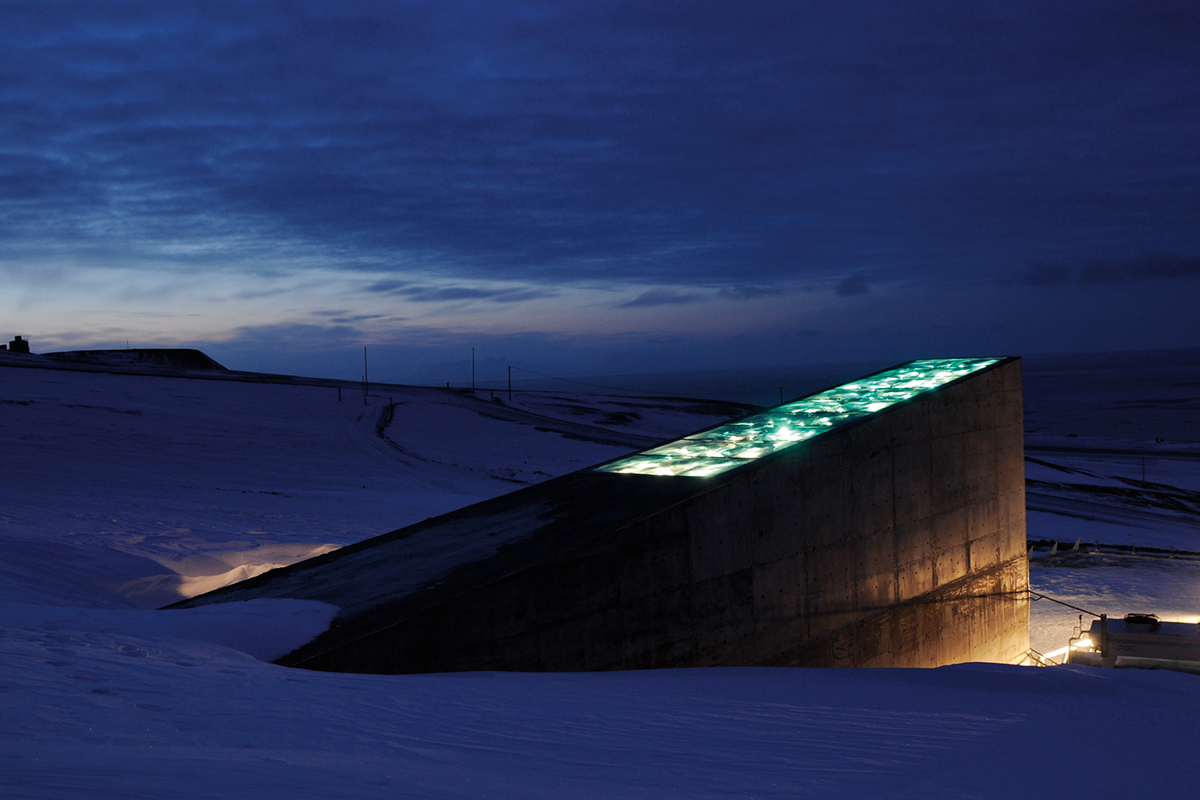
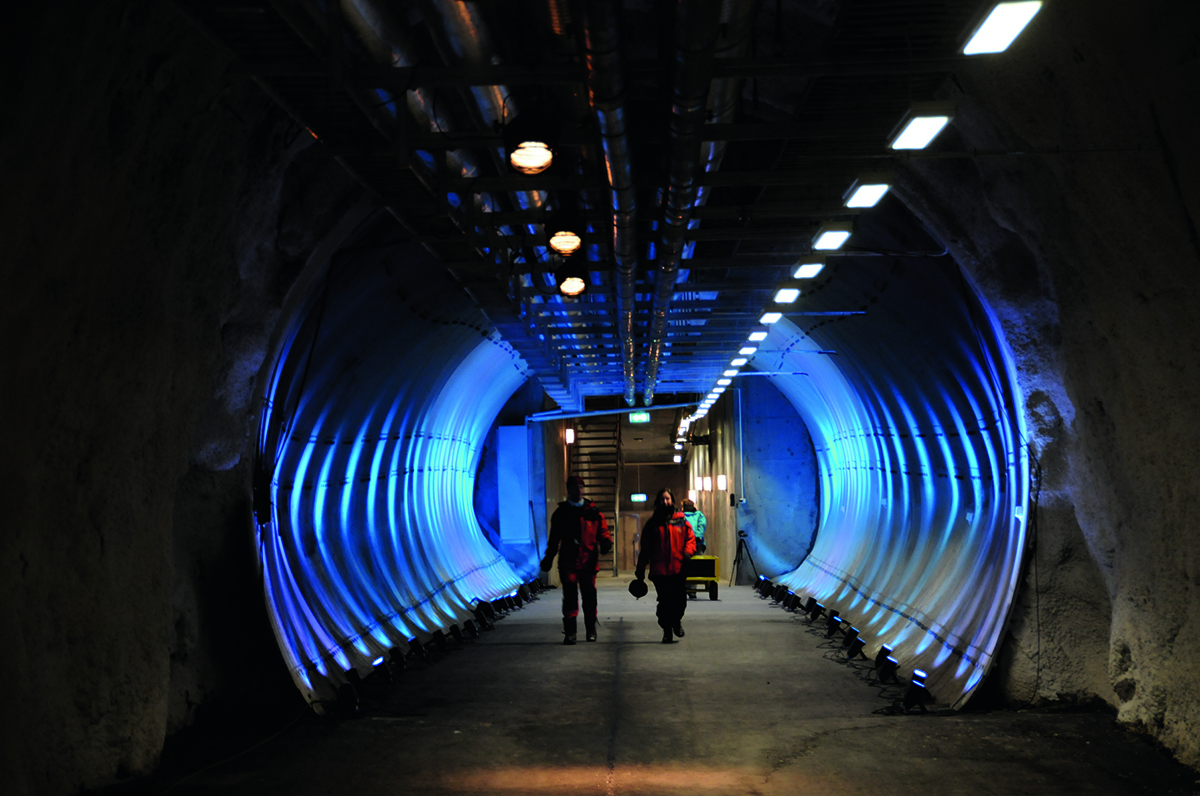
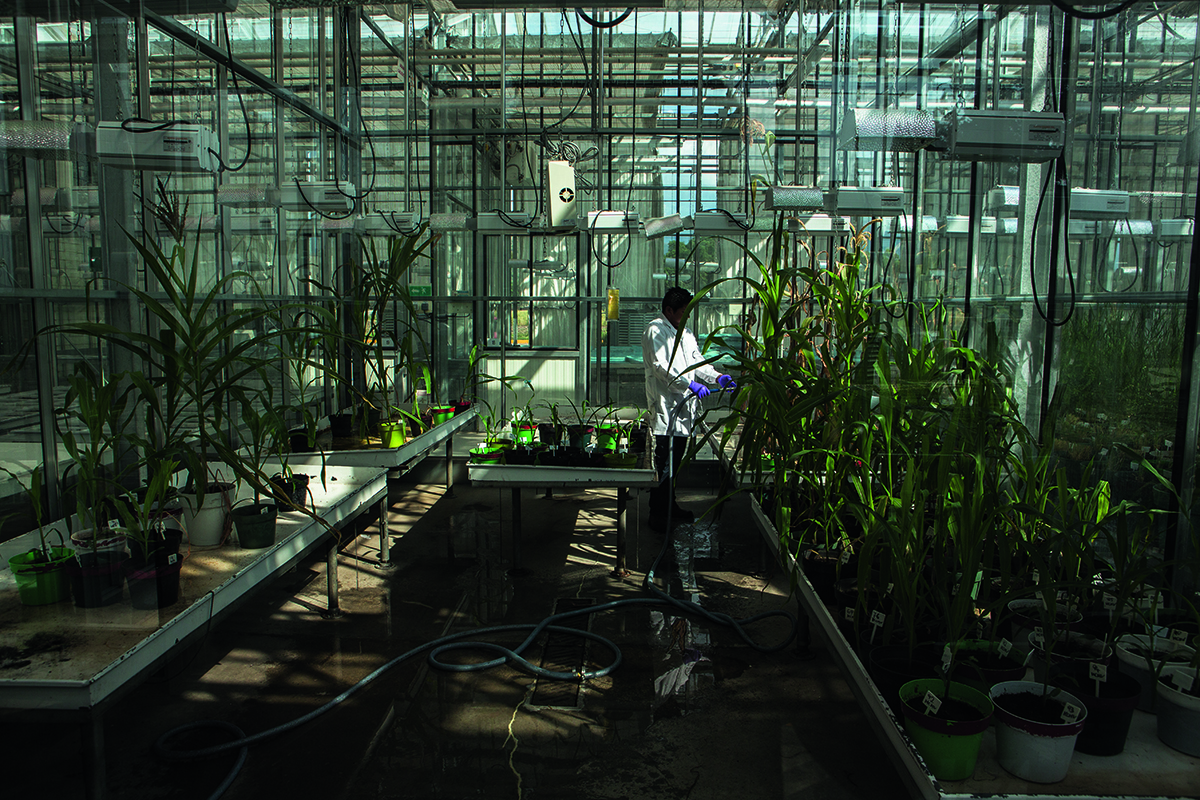





Recent Comments